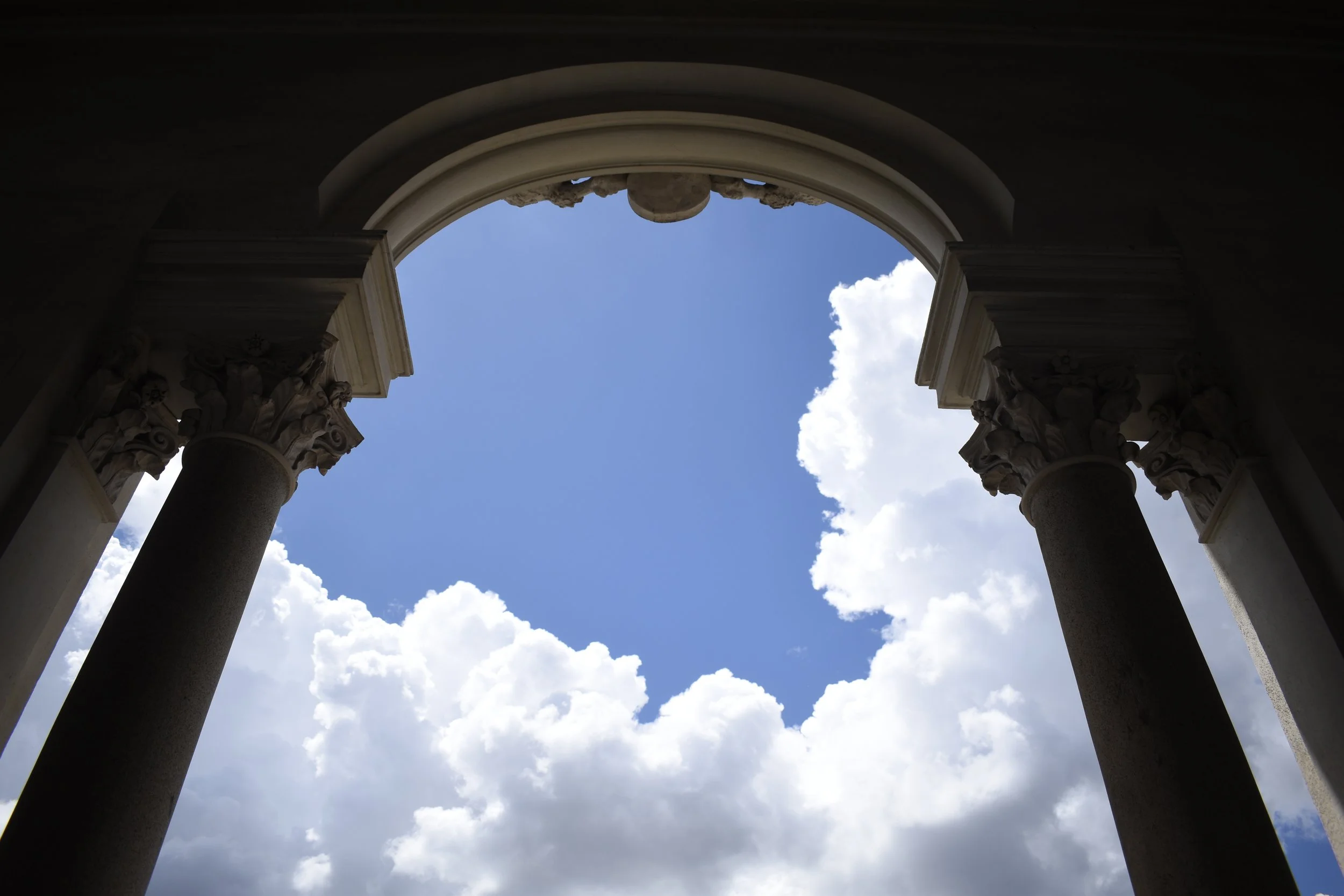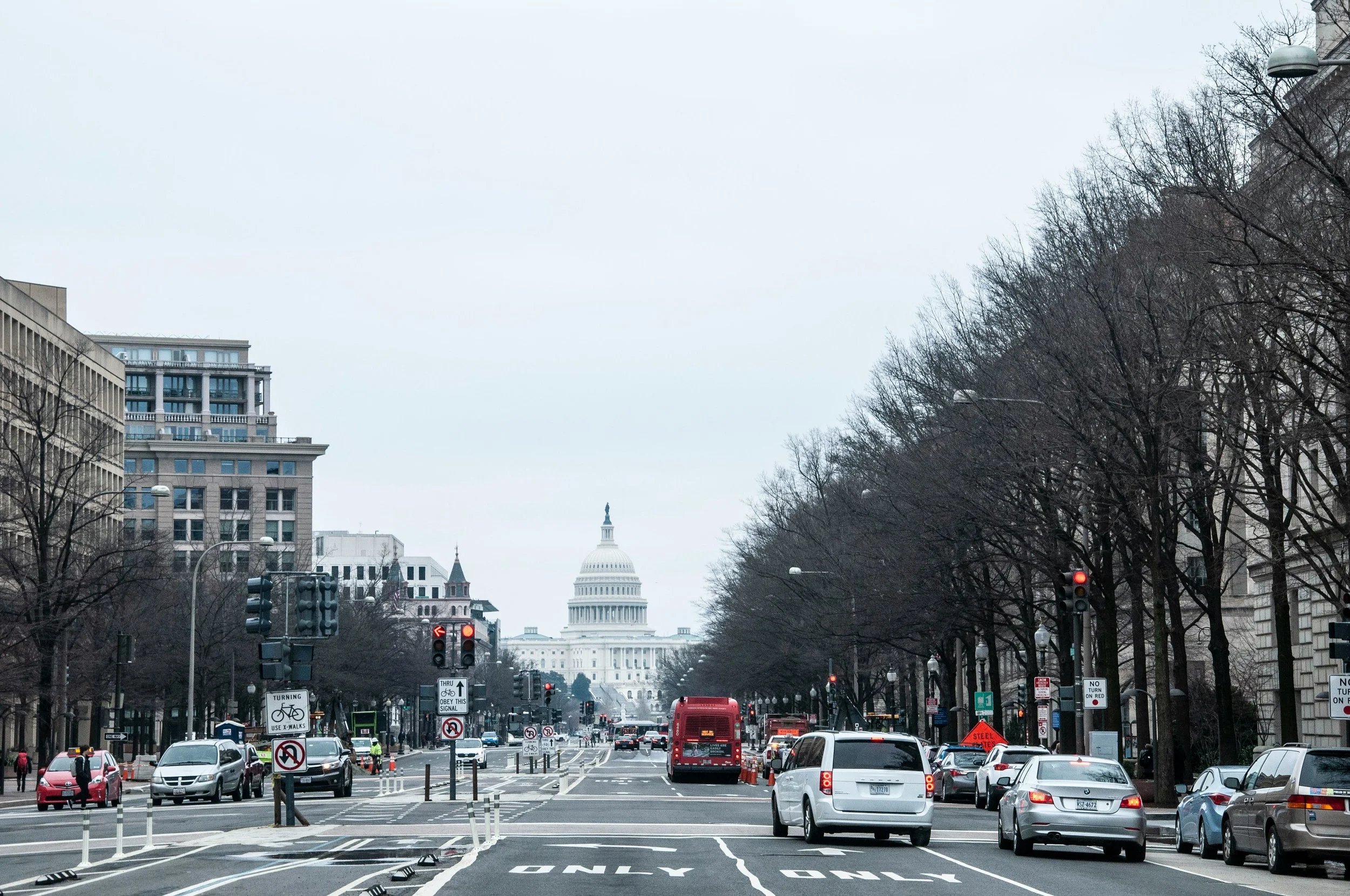Nietzsche and why we need art to survive
written by Josie Roux
It often feels to me that art is not something that I want in my life, it is something that I need. It is something I cannot do without. As a school girl, awkward at break time, I hid out in the library with a novel. As a teen, experiencing heartbreak for the first time, I turned to The Smiths and cathartically cried my eyes out. Unsure about more or less everything, I turned to Nausea, and although I didn’t feel any more sure about anything, I no longer felt alone in thinking that everything was very bizarre.
What is it about art that is so consoling? Why does the very fact that it exists make me feel more able to face life head-on? It is often entertaining or beautiful, yes. But this does not seem like a sufficient explanation for why it is so very crucial. It was Nietzsche that gave me a glimpse at an answer.
Exploring art’s relationship to life was vitally important for Nietzsche. While he never developed a formal or traditional aesthetic philosophy, his views on art held a central role in his philosophy which he maintained throughout his work. In a world that he saw as indifferent and lacking inherent meaning, Nietzsche viewed art as a vital tool — a weapon against the ever-looming threat of despair and hopelessness.
Having dedicated much of his work to the criticism of traditional moral and religious values, Nietzsche acknowledged the need to suggest some alternatives. Art is one of the most salient values he urged us to pursue. In order to understand why, we must first understand two other fundamental values Nietzsche identified: life-affirmation and truthfulness. Nietzsche required us to seek to affirm life but emphasised that while doing so we must be honest about what it is exactly that we are affirming. In other words, life-affirmation cannot and must not happen under any delusion about what existence is actually like, and thus requires truthfulness. We must affirm life but affirm it in all its absurdity and dissonance. That is to say, we shouldn’t reject nor turn away from reality and its struggles, we must face and embrace it, but we also cannot pretend that reality is anything other than what it is. We must not turn to false metaphysical comforts or idols such as those provided by religion. We must be honest with ourselves about life’s meaninglessness.
There is an irony in this commitment to truth and honesty; it leaves us in a place in which succumbing to despair seems inevitable. While a commitment to truth is imperative in order to properly affirm life, it is unsustainable if we pursue it in an uninterrupted manner. By definition, the search for truth leads us to discover the lack of inherent meaning in life, bringing us face to face with the frustration, pain, and ugliness of worldly existence. In order to neither fall into despair nor give up on our commitment to truth entirely, we need some kind of tonic or salve to regain our strength. This, says Nietzsche, is the value and purpose of art. Truth is a value we must cultivate but artistry is what makes it possible to do so. Art is a supplement to help deal with the paralysis that this truth-seeking yields. He lays this out explicitly in The Gay Science:
If we had not approved of the Arts and invented this sort of cult of the untrue, the insight into the general untruth and falsity of things now given to us by science […] would be quite unendurable. Honesty would have disgust and suicide in its train.
Nietzsche understood art to constitute a momentary turning-away from the world; it provides a brief interlude from the harsh truth of existence. Art throws a veil of beauty over life, allowing us the time to fortify ourselves. It is not a representation or imitation of reality, but rather a momentary erasure of reality. Crucially though, while art allows us to turn away from the anguish arising from the pursuit of truth, we must always remain cognisant of the existence of reality. It should provide us with temporary comfort, not permanent delusion or escape. When we engage in the dream-like intoxication of art, we must not pretend to be doing otherwise. In other words, while it is an illusion, it is an illusion that is conscious of itself as such — distinguishing it from the other problematic forms of illusion that Nietzsche worked to expose, such as Christianity. The consolation provided by artistic illusion never diminishes the supremacy of material existence nor aims to reproduce it.
Art is a form of solace but it does not comfort us just for the sake of it. The illusion it provides is necessary because, in Nietzsche’s view, this temporary reprieve from the pain and despair of reality allows us to renew our strength and continue enduring. Art allows us to feel, if just for a while, that life contains elements of profundity and mystery behind the beautiful veil. And this allows us to shift our feelings of despair towards feelings of adventure or curiosity.
I believe that more than anything it is this momentary feeling of curiosity, of wanting to find out ‘what happens’, that has given me the most comfort throughout my life. Even art that is melancholic or downright devastating incites me to find out more; more about the human experience and the absurdity of existing as a little human on a big rock hurtling through the universe. When the song ends, the novel is finished, the credits roll, I return to the world with just a bit more strength to endure it.
Suggestions for further reading
For more on this topic, Nietzsche’s “The Birth of Tragedy” and “The Gay Science” are great primary texts. “Beauty is False, Truth Ugly: Nietzsche on Art and Life” by Christopher Janaway is a fantastic interpretation of Nietzsche’s aesthetics. It can be found in “Nietzsche on Art and Life”, an edited volume by Daniel Came. In the same collection, Bernard Reginster’s piece “Art and Affirmation” provides an interesting overview of art’s relationship to life-affirmation in Nietzsche’s philosophy. In “The Rebel”, Albert Camus provides a similar view of art’s value but brings in an interesting political angle to the discussion which is worth exploring. For a fascinating comparison of his and Nietzsche’s aesthetics, see “The Existential vs. the Absurd: The Aesthetics of Nietzsche and Camus”, a paper by George F. Sefler.




